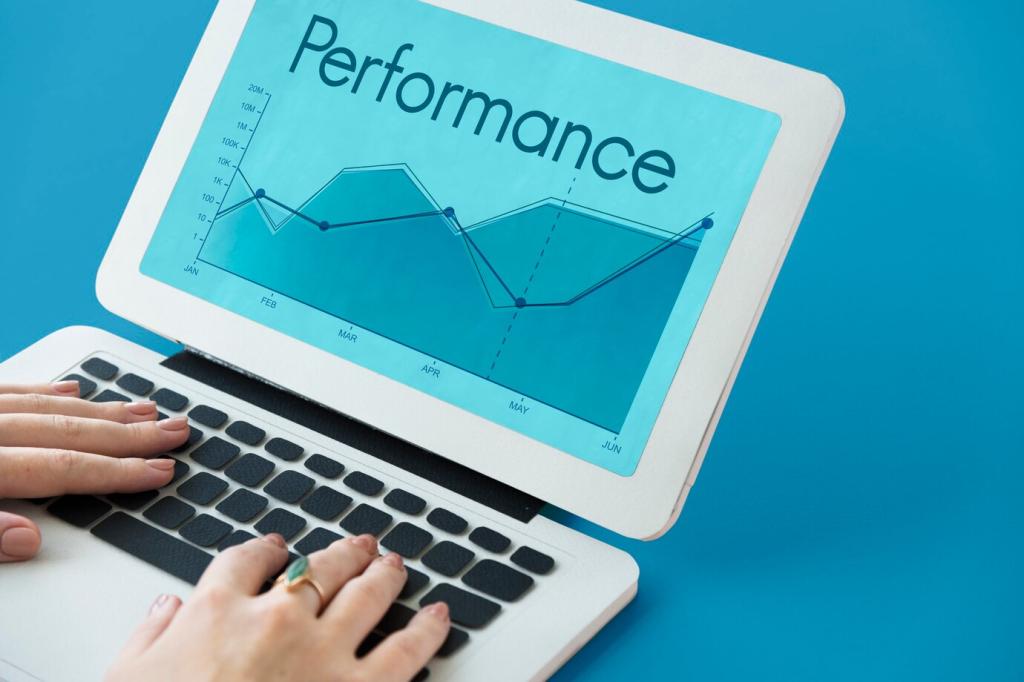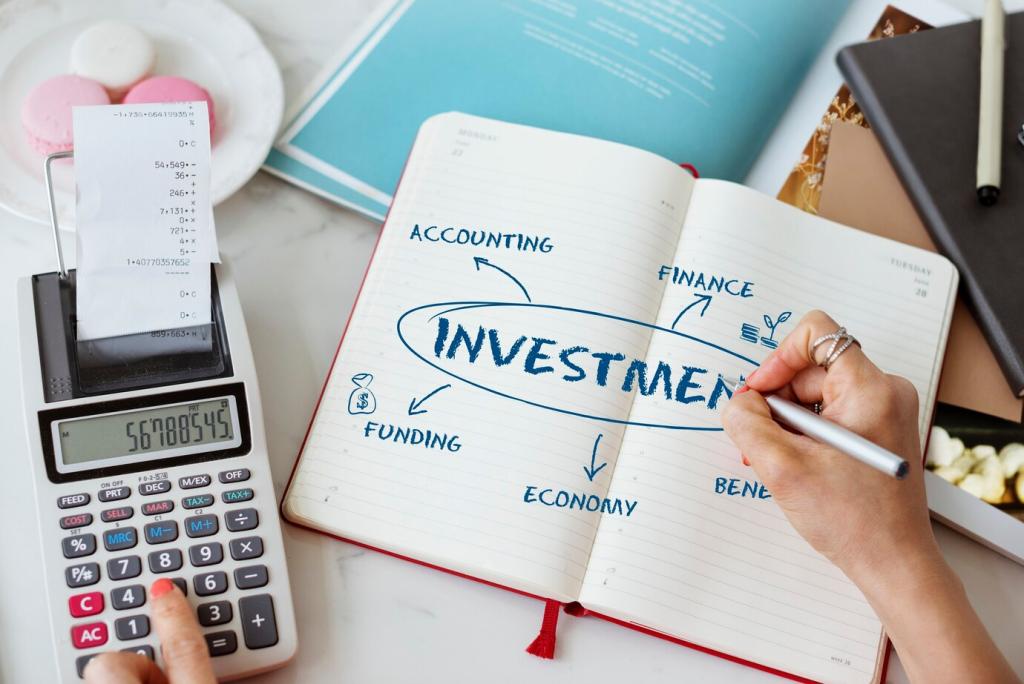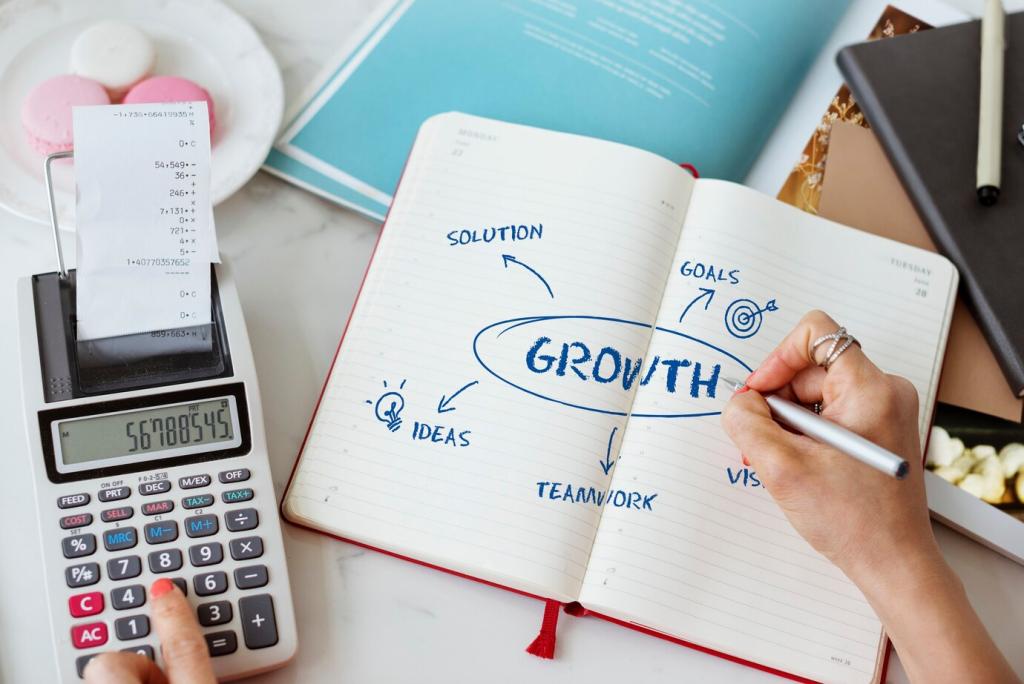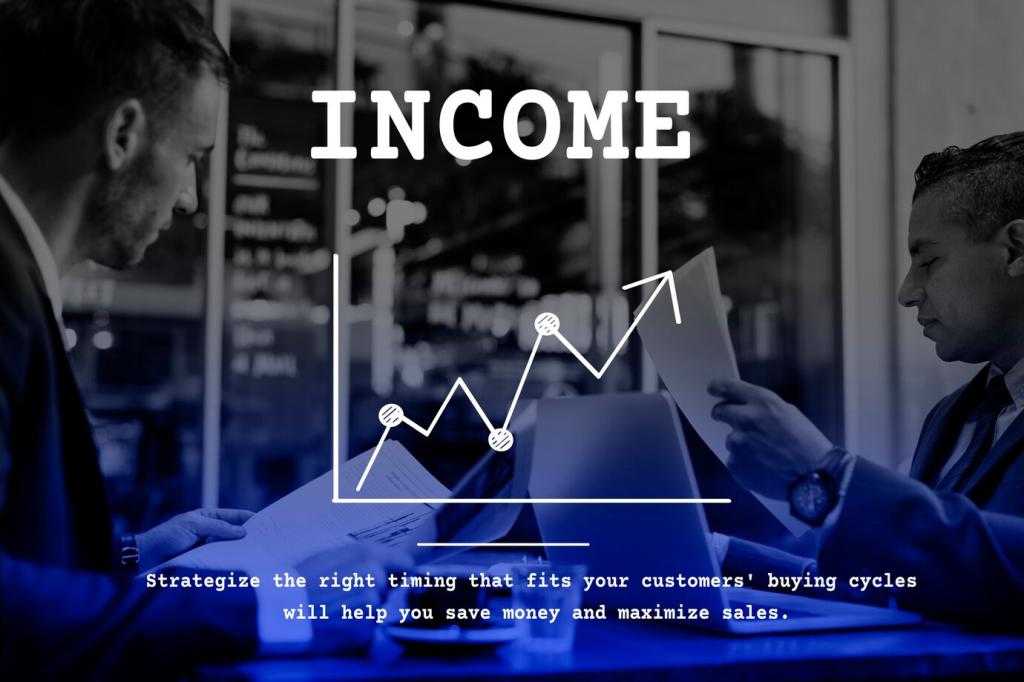Build the Habit: Daily, Weekly, Monthly Routines
Capture transactions the day they happen. Snap receipts, jot context, and correct categories while memories are fresh. Five minutes nightly prevents backlog creep and turns expense tracking into a quick, satisfying closure ritual.
Build the Habit: Daily, Weekly, Monthly Routines
Once a week, reconcile balances with statements, categorize any imports, and note surprises. Invite a partner or friend for accountability. The routine stabilizes cash flow and keeps expense tracking unbiased, honest, and delightfully boring.










